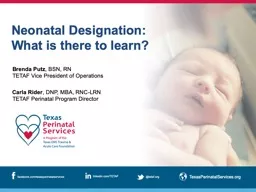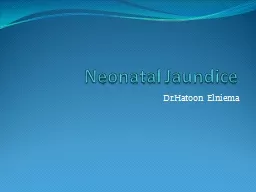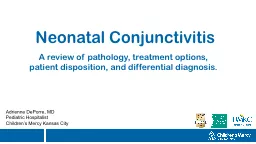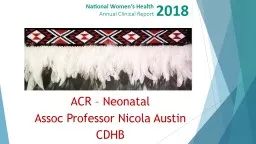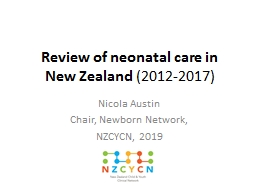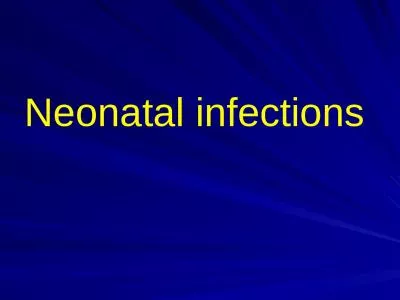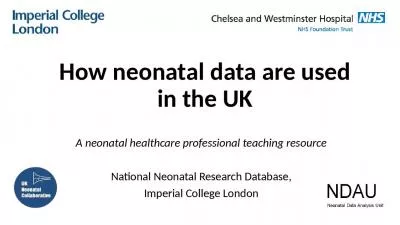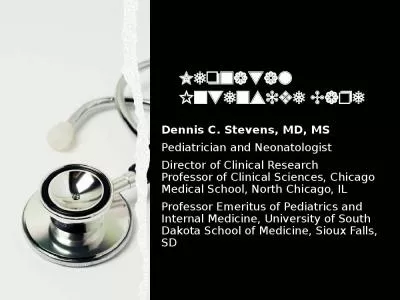PPT-Neonatal Physical Assessment
Author : PlayfulPenguin | Published Date : 2022-08-04
Prepared by Sabha Mariam Alaa Nabila Nermin physical examination The aim of the first examination performed within 24 hours of birth is to detect any observable
Presentation Embed Code
Download Presentation
Download Presentation The PPT/PDF document "Neonatal Physical Assessment" is the property of its rightful owner. Permission is granted to download and print the materials on this website for personal, non-commercial use only, and to display it on your personal computer provided you do not modify the materials and that you retain all copyright notices contained in the materials. By downloading content from our website, you accept the terms of this agreement.
Neonatal Physical Assessment: Transcript
Download Rules Of Document
"Neonatal Physical Assessment"The content belongs to its owner. You may download and print it for personal use, without modification, and keep all copyright notices. By downloading, you agree to these terms.
Related Documents

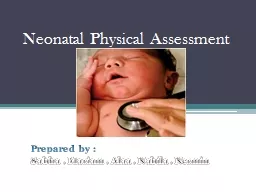
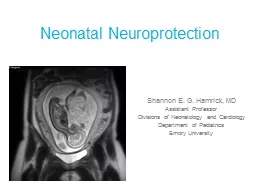
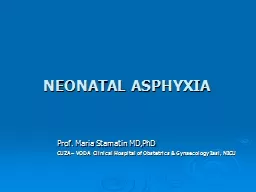
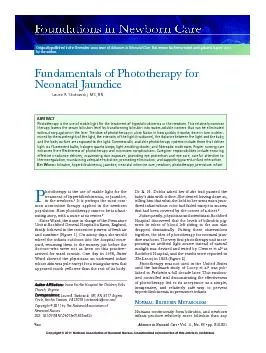
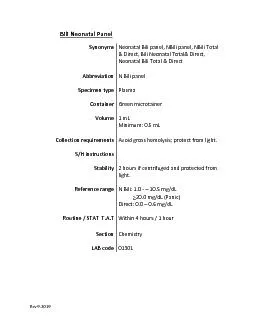
![[READ] - Neonatal Intensive Care Nurse Exam Secrets Study Guide: Neonatal Nurse Test](https://thumbs.docslides.com/902492/read-neonatal-intensive-care-nurse-exam-secrets-study-guide-neonatal-nurse-test-review-for-the-neonatal-intensive-care-nurse-exam.jpg)
